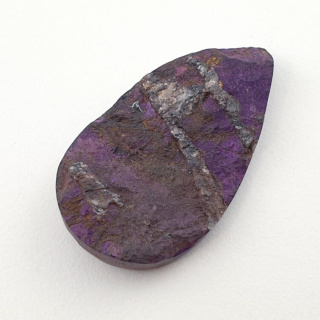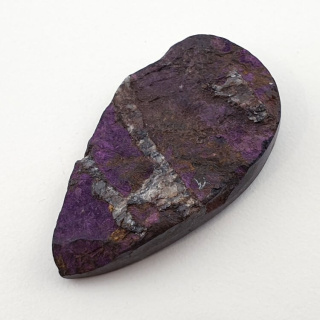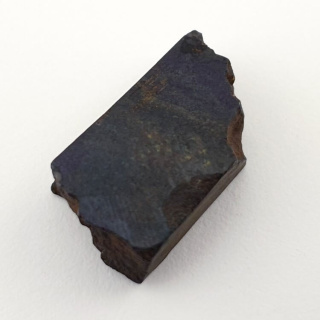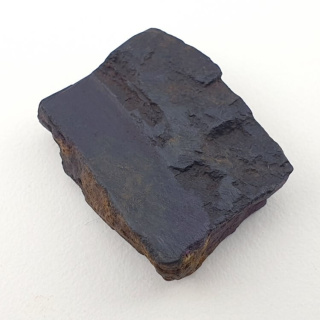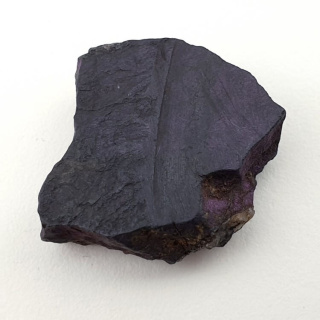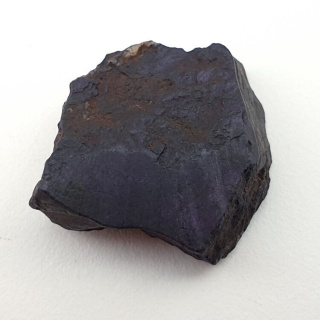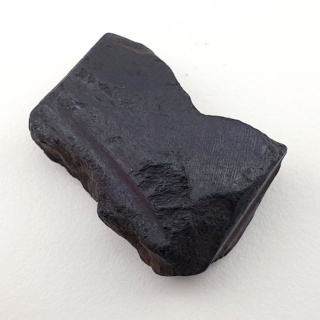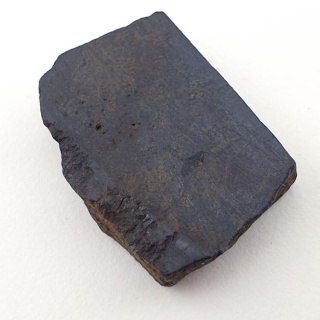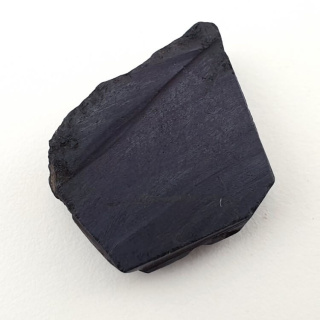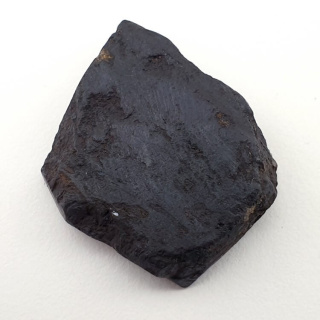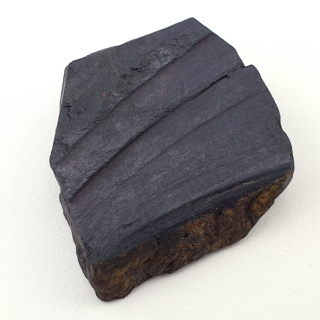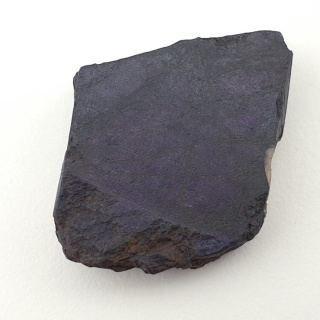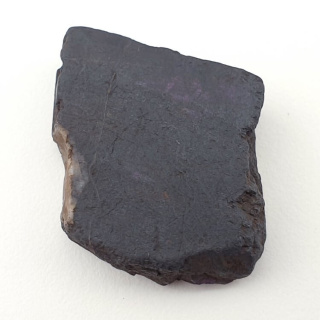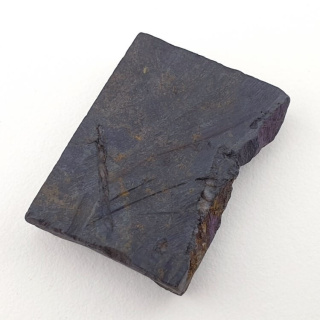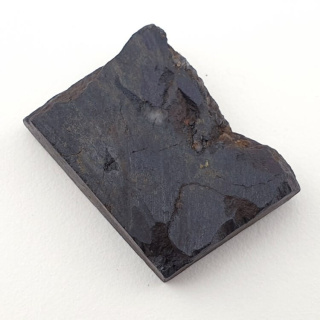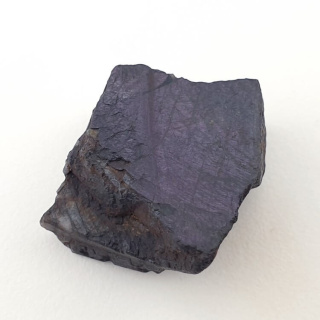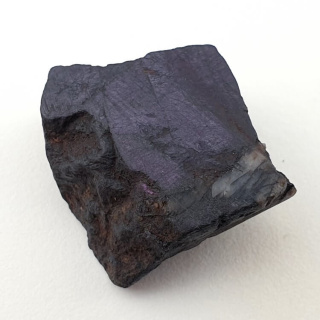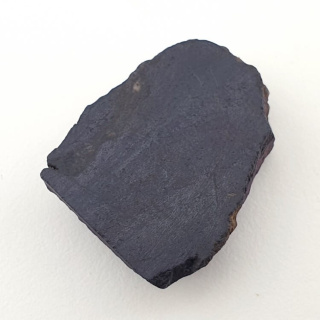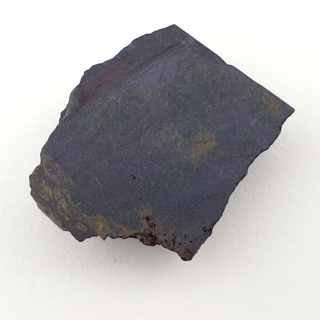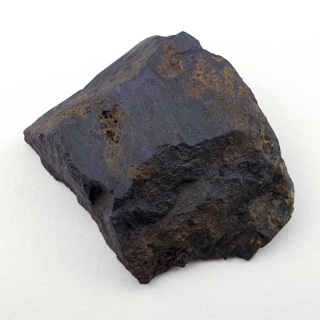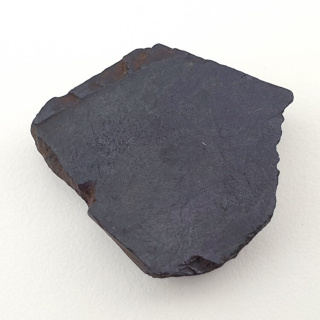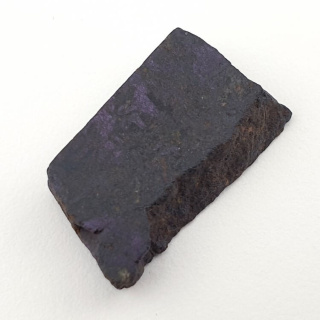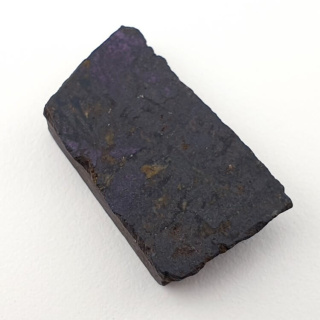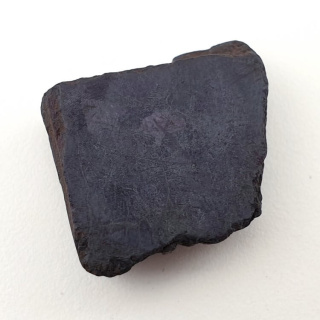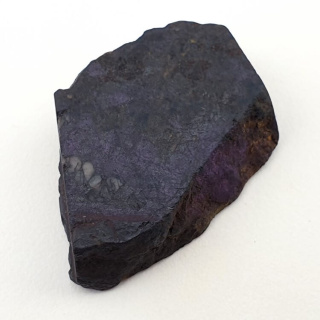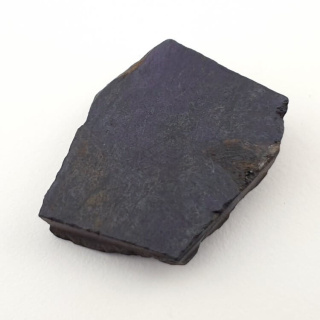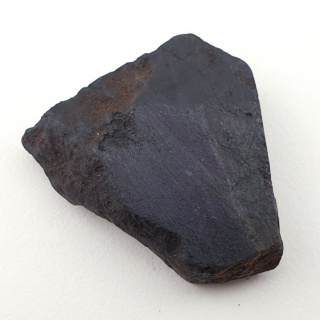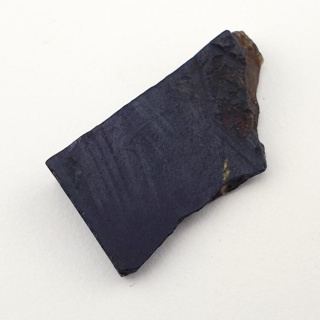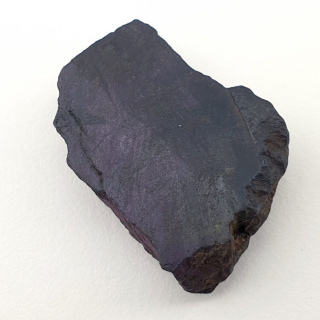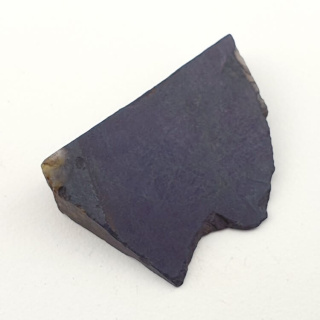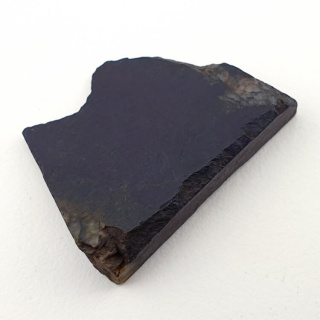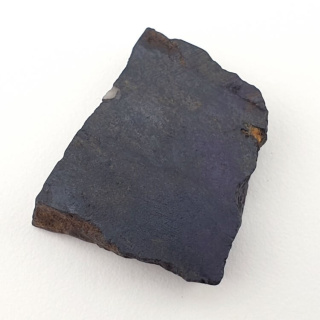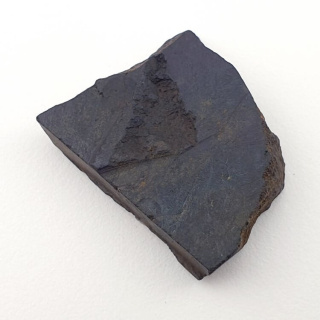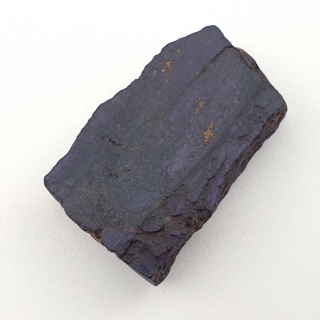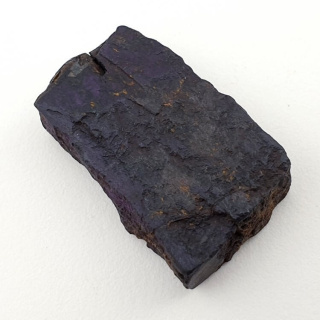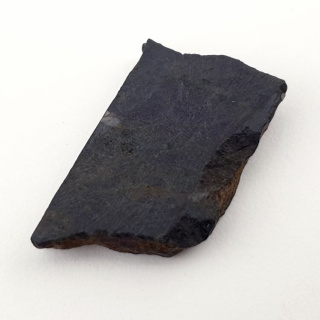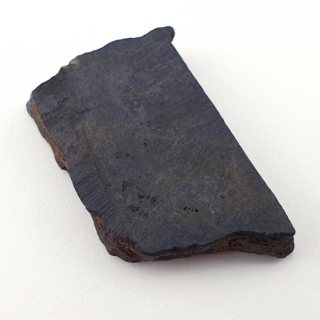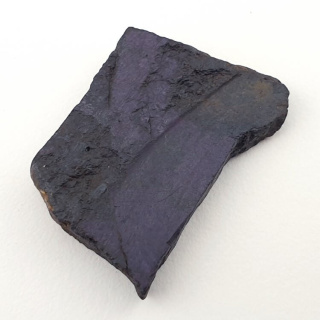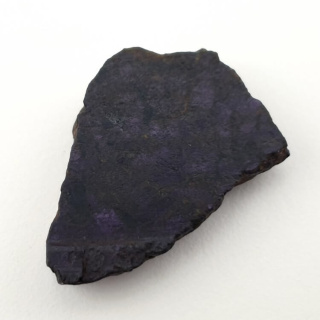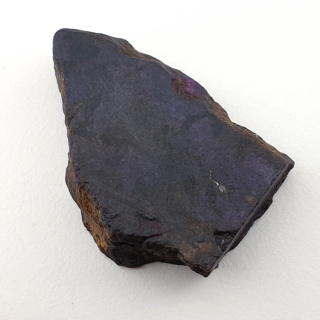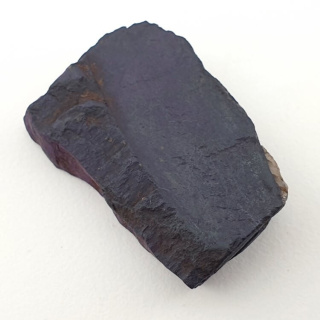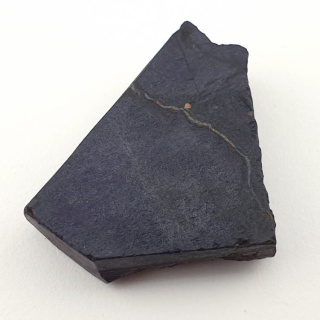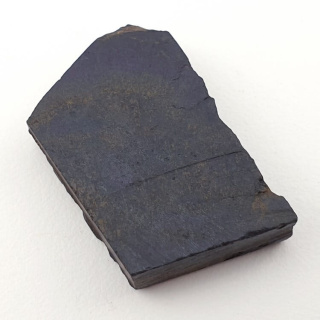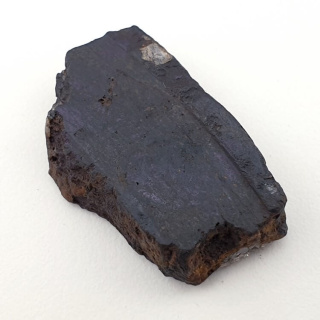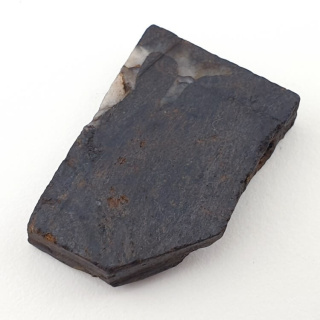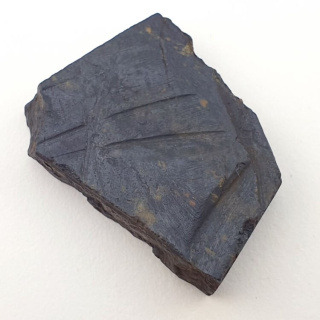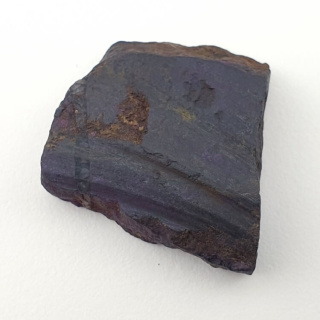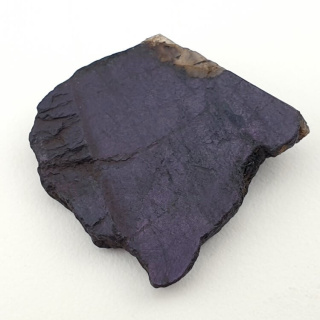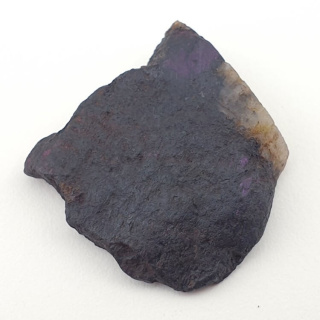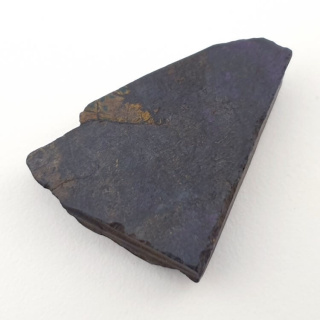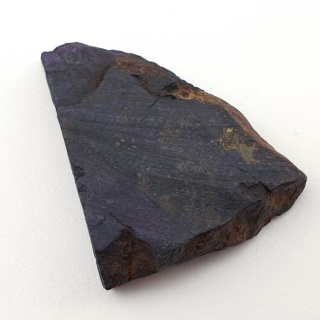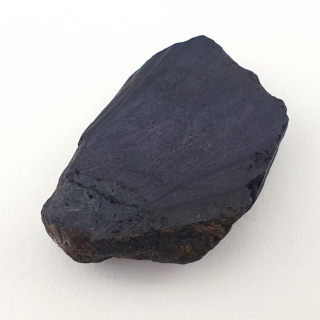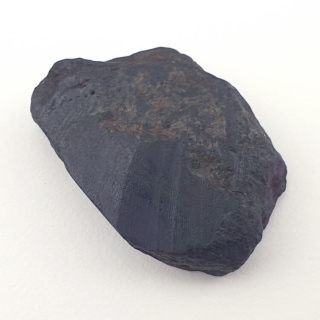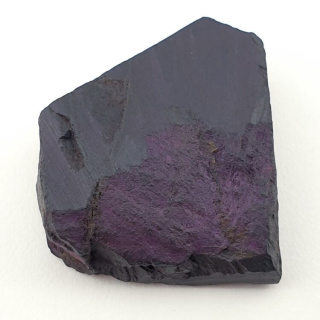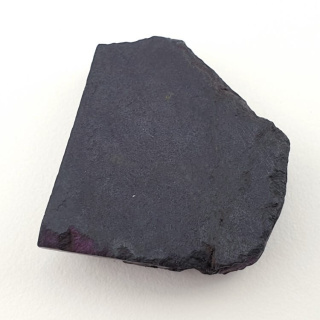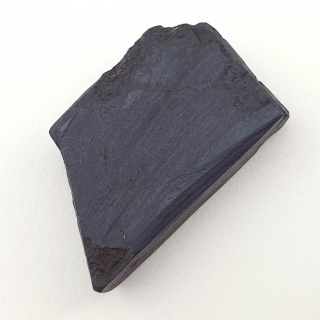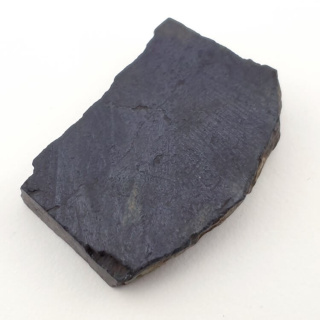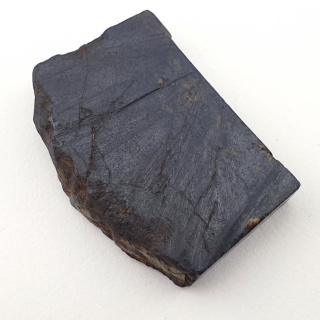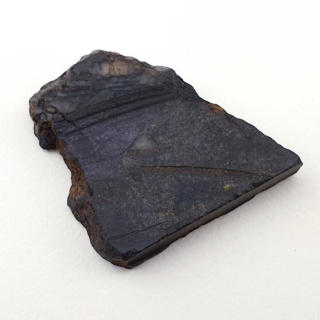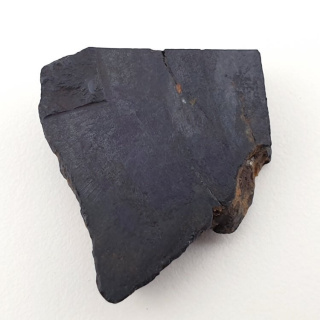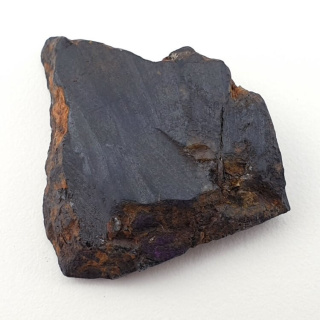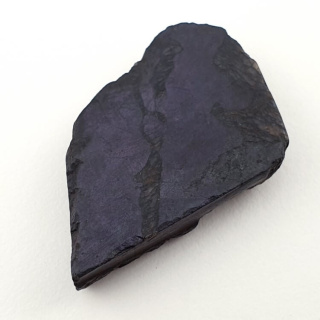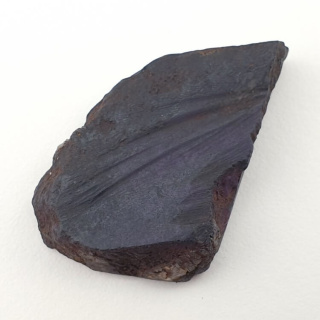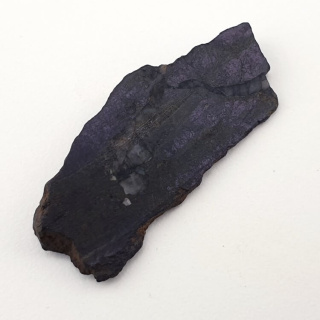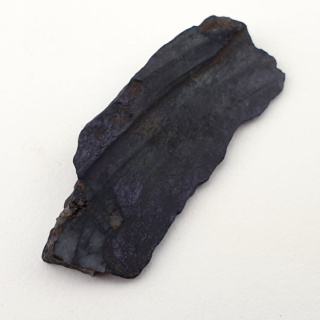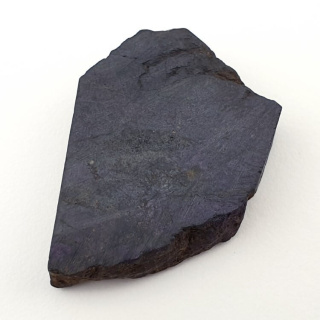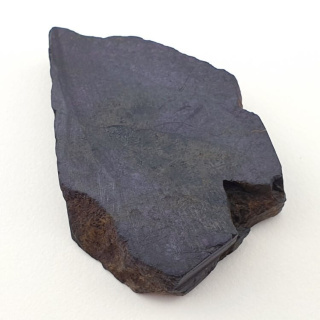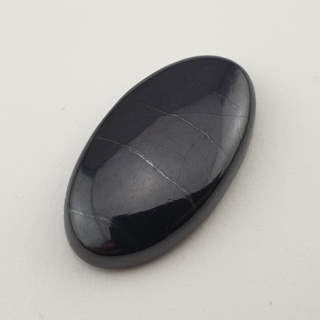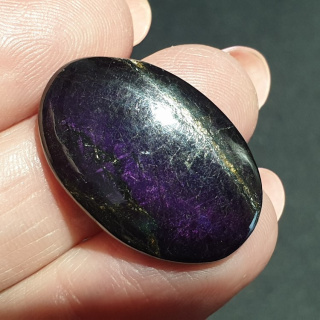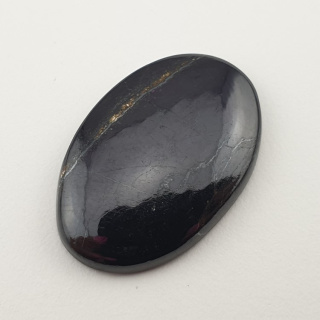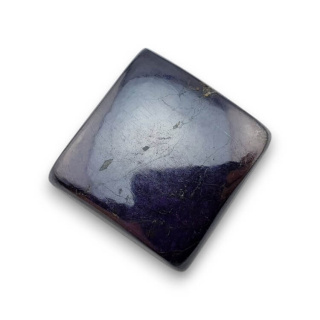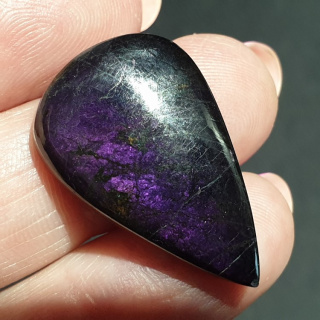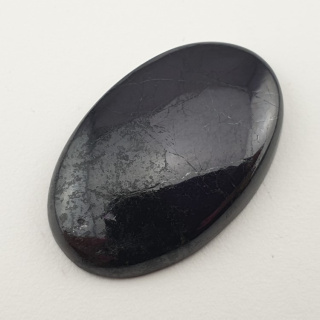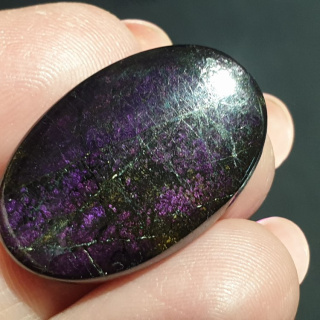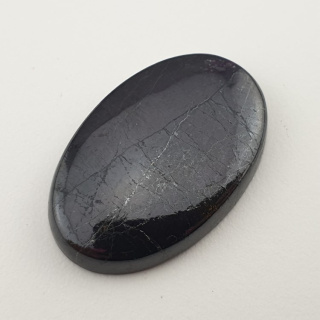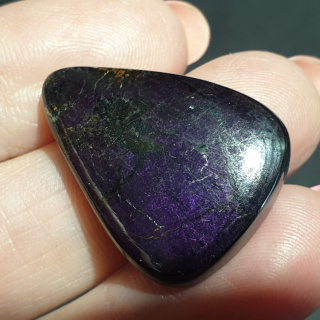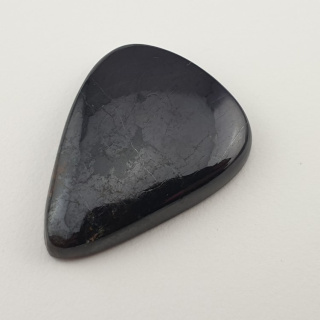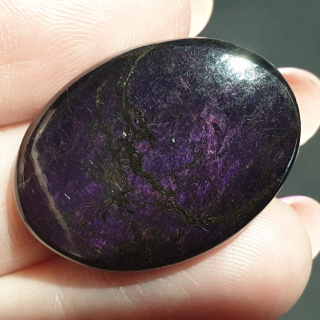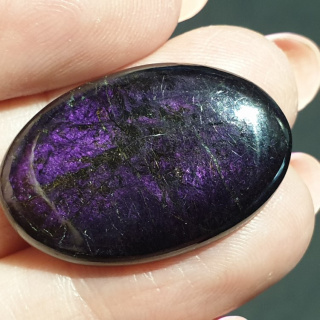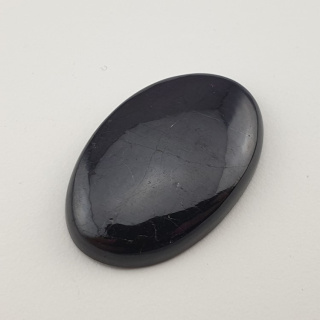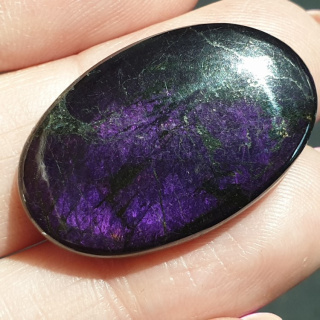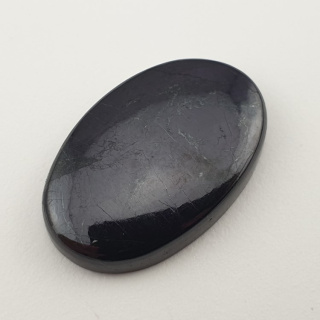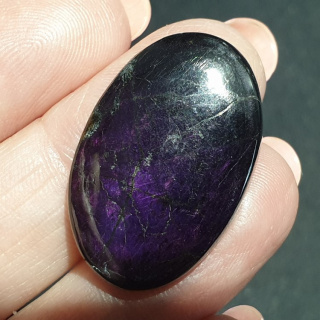Purpurite, a mineral with a unique color
Number of products : 187Purpurite has a variety of uses. Due to its visual properties, it can be used in jewelry as a decorative stone. It is also often used as a raw material in the production of pigments, paints, and cosmetics.
Purpurite (also known as purple) is a mineral from the chlorite group, which are a type of silicate. Purpurite is a special type of chlorite in which the dominant component is magnesite (a mineral from the carbonate group), but it may also contain other minerals such as talc, talc or amphiboles.
Raw purpurite in cabochon form
Raw purpurite in cabochon form is a piece of purpurite mineral that has been properly prepared so that it can be used in jewelry or jewelry making.
The term “cabochon” refers to a cut and polished stone that has a smooth surface and a characteristic rounded shape. Cabochons are commonly used to make necklaces, bracelets, earrings, and other forms of jewelry. Raw purpurite cabochon is therefore an unprocessed piece of purpurite that has been properly prepared for further use in jewelry, with a raw surface left intact.
What is purpurite and what are its physical and chemical properties?
Purpurite is a mineral from the chlorite group, which in turn belongs to the silicate class. It is a crystalline mineral with characteristic physical and chemical properties. Here is some basic information on this topic:
Physical properties of purpurite:
-
Color: Purpurite occurs in various shades of color, such as purple, brown, green, gray, and others.
-
Hardness: It has a relatively low hardness on the Mohs scale, typically ranging from 2 to 3, which means it is soft compared to some other minerals.
-
Luster: It has a pearly or greasy luster that may appear slightly dull.
-
Crystal structure: This mineral can occur in various crystal forms, including tabular, lamellar, or fibrous.
Chemical properties of purpurite:
-
Chemical composition: Purpurite is usually composed mainly of magnesite, which is a mineral from the carbonate group, but it may also contain other components such as talc or amphiboles.
-
Chemical formula: Its general chemical formula is usually associated with the presence of magnesium and iron, for example (Mg,Fe)3Si4O10(OH)2.
Other properties and information:
-
Solubility: Purpurite is almost insoluble in water, but it can react with acids, which is a characteristic feature of minerals from the chlorite group. Applications: Due to its colors and luster, purpurite is sometimes used as an ornamental stone.
-
Uses: Due to its color and luster, purpurite is sometimes used as a gemstone in jewelry. It can also be used as a raw material in the production of paints and pigments.
It is worth noting that the exact properties of purpurite may vary depending on the specific variety, location, and chemical composition.
What are the main uses of purpurite in industry and art?
Purpurite has several important applications in both industry and art. Here are the main areas where purpurite is used:
1. Jewelry and ornaments: Due to its variety of colors, pearly luster, and attractive appearance, purpurite is used in jewelry. Raw cabochon purpurite or processed in the form of cut stones can be used to create various types of jewelry, such as necklaces, bracelets, earrings, and rings.
2. Pigments and paints: Due to its multicolored properties, purpurite is sometimes used as a raw material in the production of pigments and paints. It is used to create natural pigments that can be used in painting and other artistic fields.
3. Cosmetics and personal care products: Extracts or additives of purpurite can be found in some cosmetics and skin care products due to its coloring properties and ability to give products an attractive appearance.
4. Decorations and sculptures: Purpurite stone can be used as a decorative material for creating sculptures, architectural ornaments, or decorative elements in construction and artistic designs.
5. Ceramics and glass industry: In some cases, although less common, purpurite can be used as a component in the production of ceramics or glass, where its unique colors and textures can influence the aesthetics of the products.
It is worth noting that the applications of purpurite may vary depending on its specific properties, availability, and market requirements.
Why is purpurite sometimes called “purple”? What is the history of purpurite and this name?
Purpurite is sometimes called “purple” because of the similarity in color between this mineral and the historical dye known as “purple,” which was used to produce luxurious fabrics and clothing.
“Purple” is a name derived from Latin and originally meant a red or purple dye obtained from the secretions of certain species of sea snails, especially of the genus Murex. The ancient Greeks and Romans used purple to dye fabrics, especially those of higher social status, as obtaining this dye was expensive and required a lot of time and labor.
Therefore, when a mineral with a color similar to that used to make purple was discovered, it began to be called “purple,” referring to the similarity in color. Due to the properties of purpurite, it is actually diverse in color, ranging from shades of purple, brown, green, and others, which may also be the reason why it was named “purple” due to its wide range of colors.
However, it is worth noting that although the history of purpurite and historical purple are linked in name, they are completely different materials. Purpurite is a crystalline mineral, while historical purple is an organic dye obtained from marine organisms. The terminology may be confusing, but this is due to the similarity in color between the two substances.
In which cultures or historical periods was purpurite particularly valued or used?
Purpurite is not as well known or historically important as the historical purple dye derived from sea snails. Nevertheless, it has had some significance in certain periods and cultures due to its coloring and decorative properties. Below are some examples of when purpurite may have been valued or used:
-
Art and jewelry in the Victorian era: During the Victorian era (1837-1901), various stones and minerals were used in jewelry and decorations. Purpurite in jewelry was and is still used today because of its color and luster.
-
The Arts and Crafts movement: At the turn of the 19th and 20th centuries, the Arts and Crafts movement promoted handcrafting and artistic values in industry. During this period, natural materials, including stones, were highly valued, and the natural mineral purple was used in decorative artistic designs.
-
Modern jewelry and design: With the growing interest in various minerals and natural stones, purpurite has found its way into modern jewelry designs, especially among designers who value unique colors and patterns.
However, it is worth noting that compared to historical purple, which was used in ancient times to dye fabrics among the social elite, purpurite does not have such a long and important history of use. Its use is more related to aesthetics, decoration, and artistic creation.
Does purpurite have any magical, metaphorical or spiritual significance?
Like many other minerals and gemstones, the natural mineral purpurite has various meanings and interpretations in magical, metaphorical, and spiritual contexts in different cultures and traditions. Below are some of these interpretations:
-
Metaphorical meaning and symbolism of purpurite: The mineral purpurite can be interpreted as a symbol of transformation and rebirth due to its various colors, which can resemble changes occurring in nature. It can be used as a reminder that change is a natural part of life and can lead to beautiful results.
-
Spiritual and energetic properties: In some spiritual traditions and esoteric practices, purpurite is attributed with various energetic properties, such as cleansing the aura, harmonizing the body's energies, and aiding meditation. The different colors of the mineral purpurite can be associated with different aspects of spirituality, for example, purple can be associated with intuition and spiritual awareness.
-
Astrology and zodiac signs: In astrology, certain minerals are assigned to different zodiac signs as protective or empowering stones for a given person. Depending on the interpretation, the symbolism of purpurite can be associated with different zodiac signs, depending on its properties and color. Astrology and zodiac signs: In astrology, certain minerals are assigned to different zodiac signs as protective or empowering stones for a particular person.
Meditation practices: Like many other stones, the mineral purpurite can be used in meditation practices as a tool for concentration or a point of reference. In meditation, it can help calm the mind, open it to spiritual experiences, or achieve inner balance.
It should be noted that these interpretations are subjective and may vary depending on beliefs and cultures.
![[{[item.product.name]}]]([{[item.product.photo.url]}] 75w)

